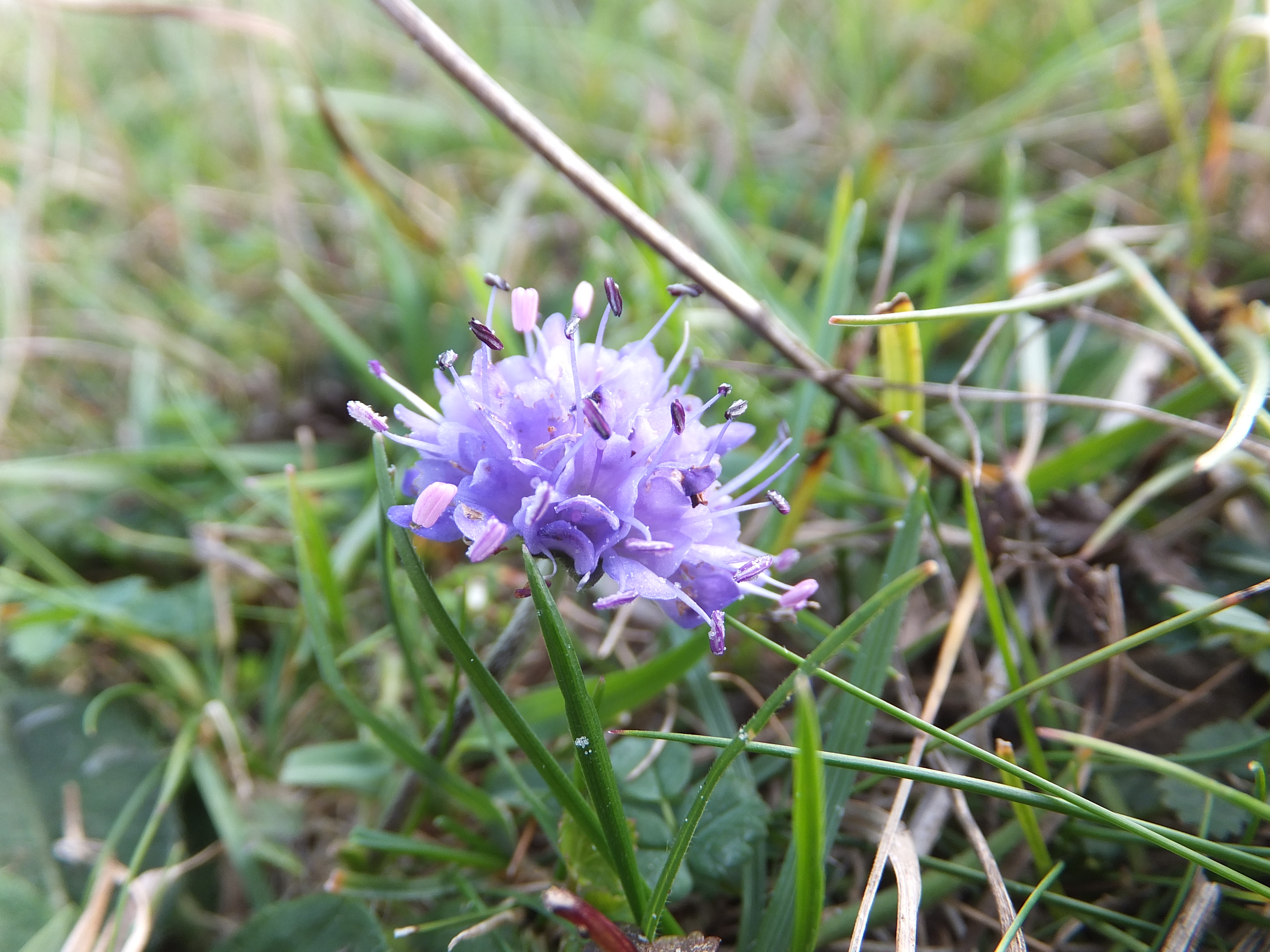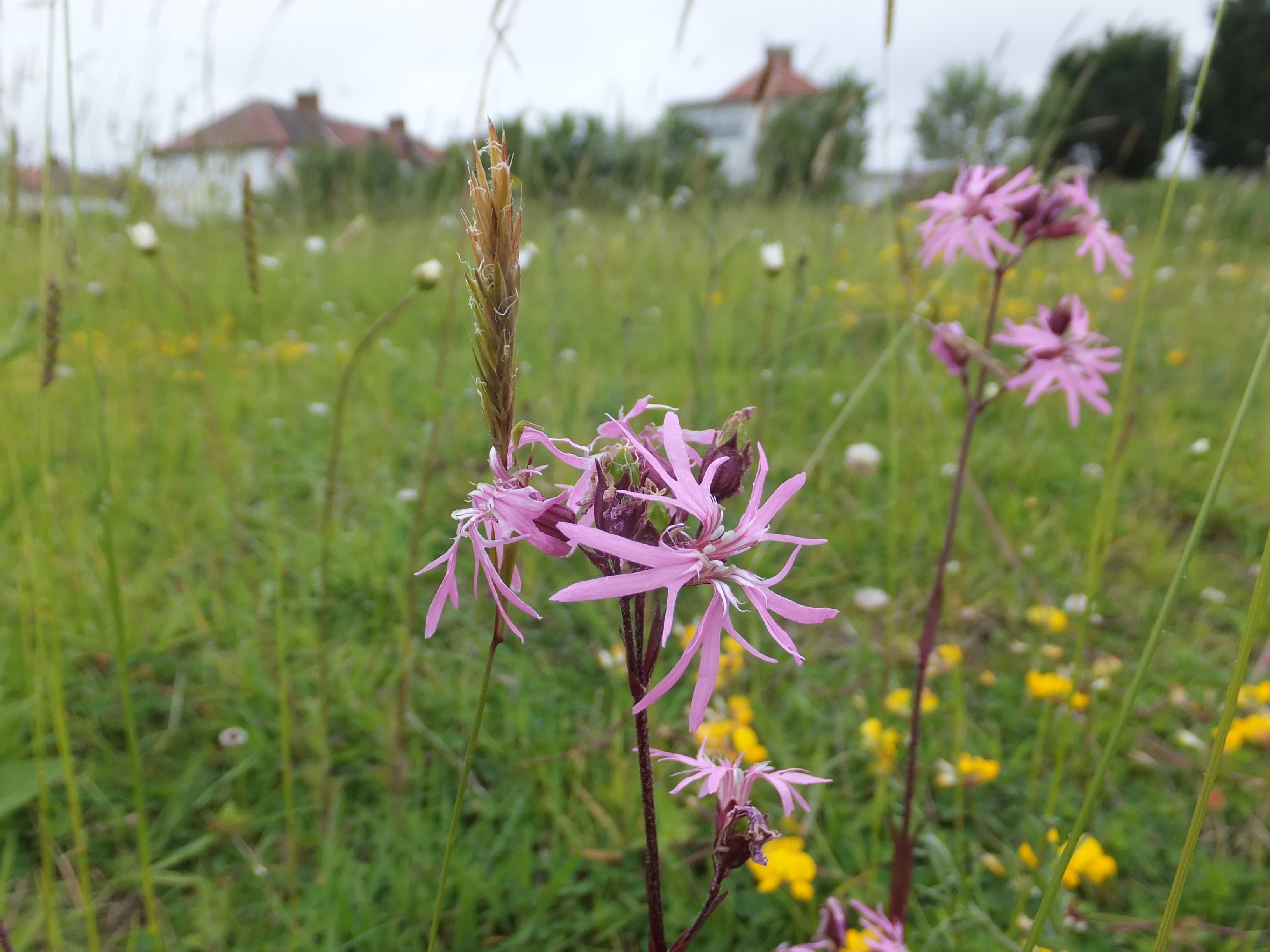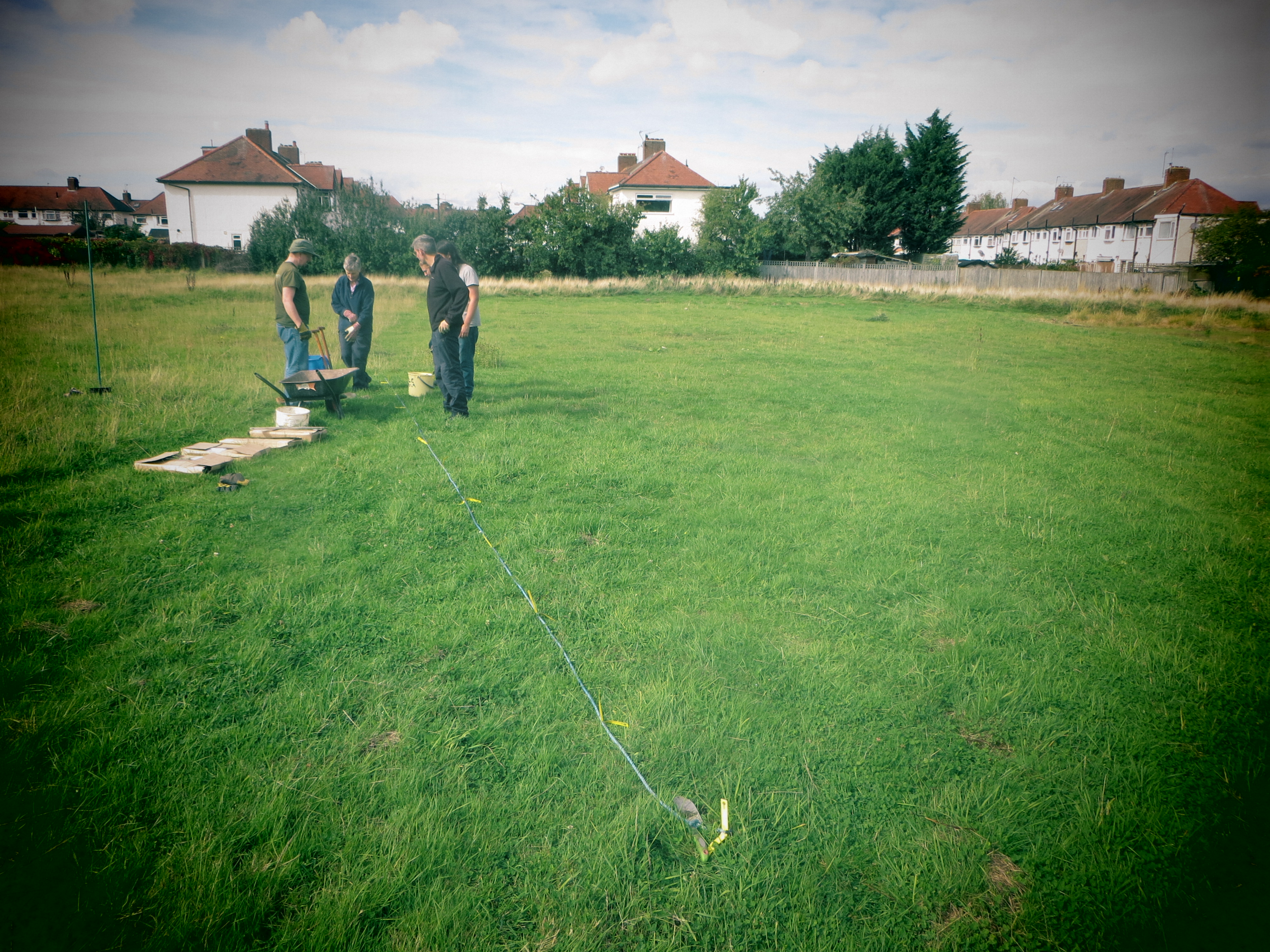September’s weather was rather interchangeable, where north-westerly winds supplied heavy downpours and the need for wellies, while high atmospheric pressure provided plenty of sunshine and dry spells. Fortunately, this weather provided the ideal ingredients for ‘plug planting’, one of the SNCV’s primary tasks for September.
Plug plants are young plants with a well-established root system that we order from a nursery. Though more expensive than purchasing seed, or collecting ‘green-hay’, plug plants are considered advantageous as their developed roots improves the plant’s chances of establishing themselves within a grassland. To assist the plants further, it’s important that we select species that are the suited to the grassland’s conditions. For our first set of plug plants, we used species that are indicators of ‘neutral grassland’, a grassland where nutrient input is generally low and pH ranges between 5 to 6.5. Within these habitats, a floral assemblage may contain species such as bird’s-foot trefoil Lotus corniculatus, lady’s bedstraw Galium verum, oxeye daisy Leucanthemum vulgare, ragged robin Lychnis flos-cuculi, goat’s-beard Tragopogon pratensis, autumn hawkbit Scorzoneroides autumnalis and devil’s bit scabious Succisa pratensis, our plug plants of choice.
We planted our plug plants in our sites that contain areas of neutral grassland, including Anton Crescent Wetland, Belmont Pastures and Sutton Common. Botanical surveys carried out in the past identified a floral assemblage containing neutral grassland indicators on these sites, suggesting our plug plants have the potential to thrive in these habitats. In regards to planting, under guidance from Sutton’s Biodiversity Team, we planted one plug every square metre, where each species was different to the next. As the area of planting was relatively small, plugs of each species will be close together, which will facilitate pollination in the years to come. Additionally, seed fall from future hay cuts and other dispersal mechanisms will serve to improve the representation and abundance of these species across the chosen sites.
The overall aim of plug planting is to improve the botanical diversity of our sites, which will have hugely beneficial impacts on butterflies, bees and other invertebrates. For the SNCV to achieve this, The Biodiversity Team at Sutton Council, who create the management plans for the sites SNCV work on, are currently involved in the Higher Level Stewardship (HLS) scheme. This scheme provides funding for land managers in return for delivering environmental management on their land, with the aim that significant environmental benefits will be achieved. This complies with one of the SNCV’s primary aims, which is to improve the wildlife value of our sites, meaning that funding from the HLS scheme is essential to achieving this. For our neutral grasslands, environmental management means improving the distribution and frequency of neutral grassland indicators. Importantly, the Joint Nature Conservation Committee (JNCC), the government’s adviser on nature conservation, reported that neutral grassland habitat has declined by 95% since the 20th century, where only 15000 ha survive in the UK today. This makes the work carried out by the SNCV volunteers hugely important on a national scale, and it is hoped that by planting these plug plants, we can conserve this severely threatened habitat.












1 Pingback